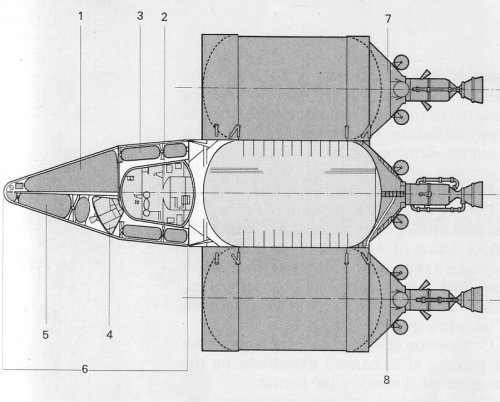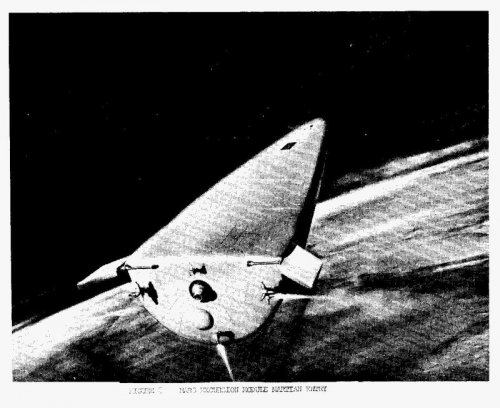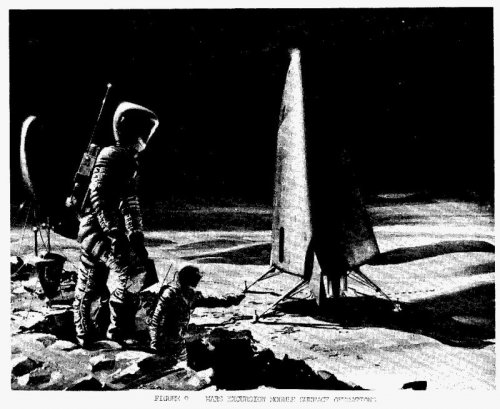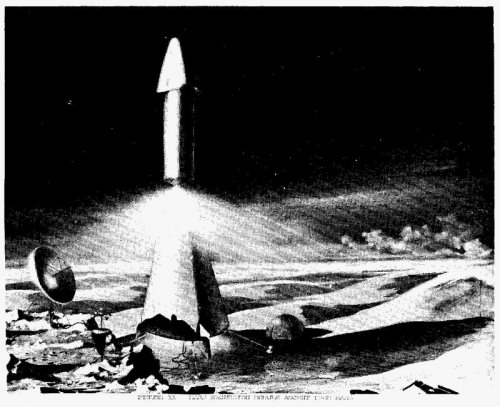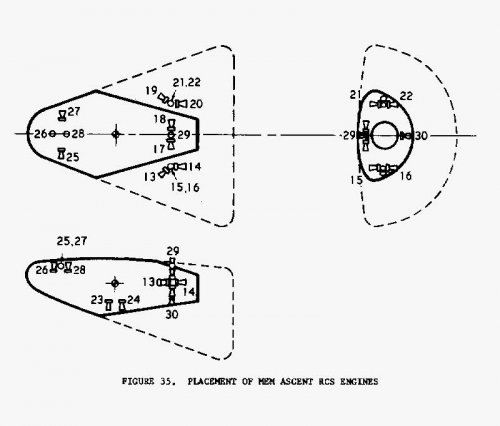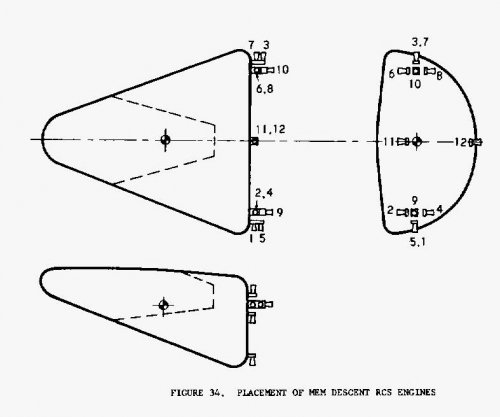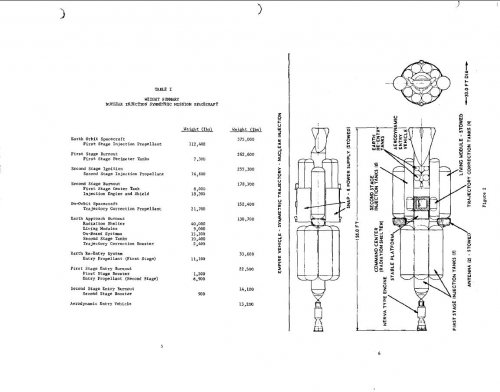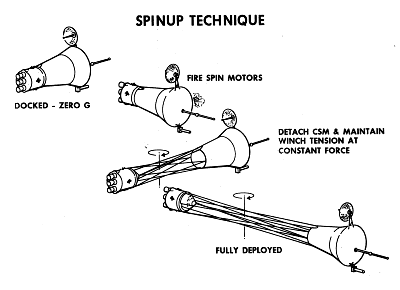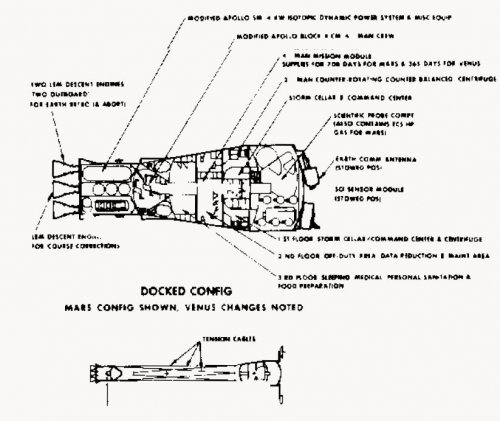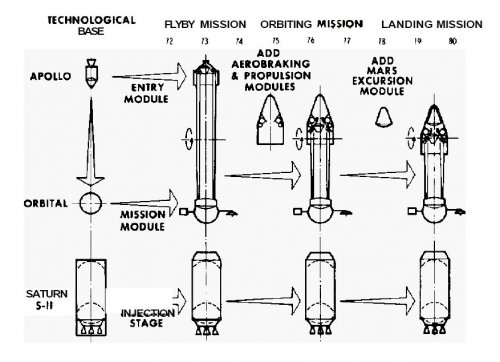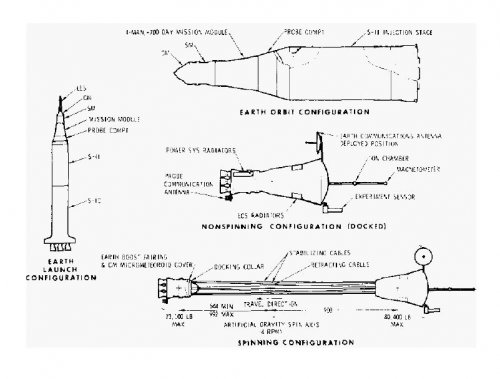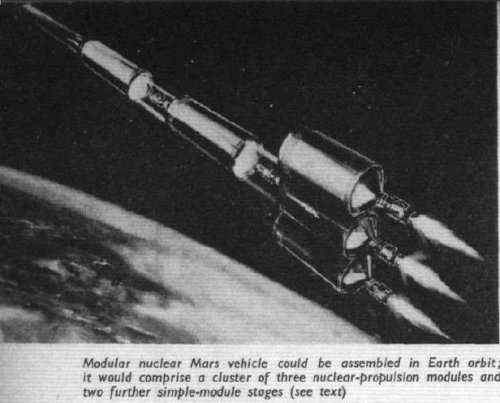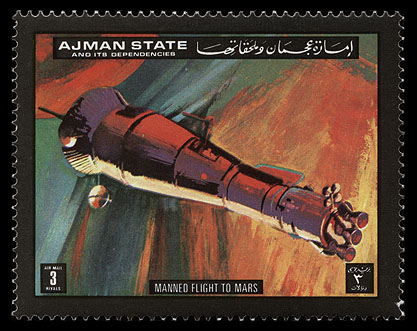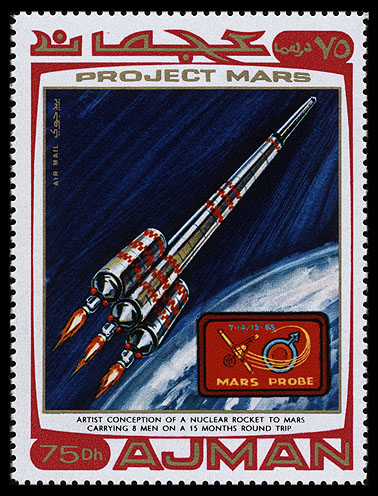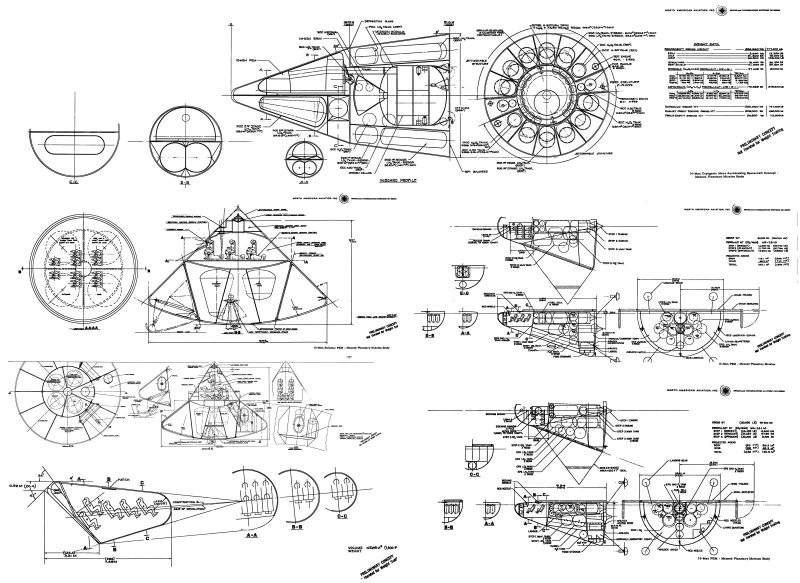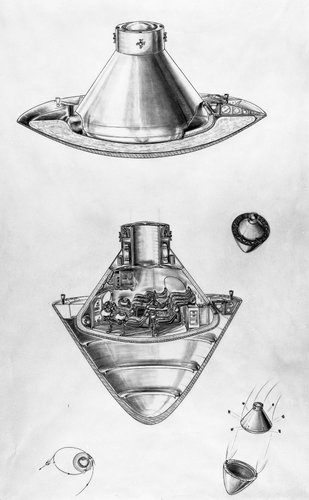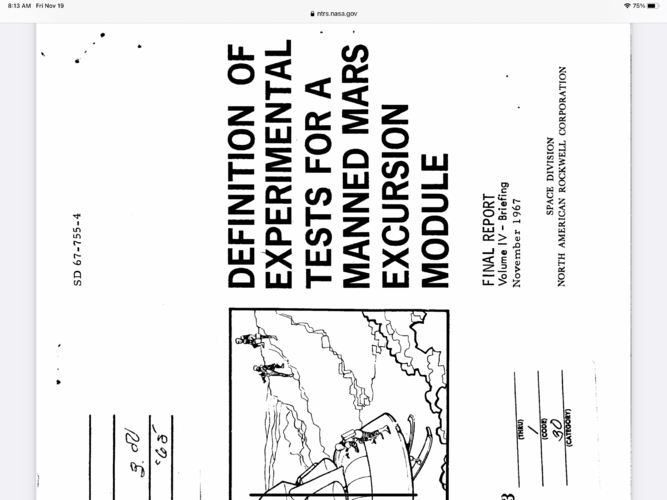DarkLord
ACCESS: Restricted
- Joined
- 6 September 2008
- Messages
- 26
- Reaction score
- 28
I am looking for information on the Mars spacecraft that would have carried men to mars as planned for the post Apollo period. The MEM was to have been the Aeronuetronic lifting body from a 1964 paper presented at the AIAA/NASA 3rd Manned Spaceflight Meeting at Houston. The author was Temple W. Newman of Philco Ford.
This design of MEM was to be used on the Orion Nuclear Pulse spacecraft as well as other designs. The Mission Module/spacecraft I am interested in was, I believe, a North American Aviation proposal.
If anyone could help furnish me with illustrations I would be very grateful.
I have attached the only diagram that I have, along with the MEM diagram
This design of MEM was to be used on the Orion Nuclear Pulse spacecraft as well as other designs. The Mission Module/spacecraft I am interested in was, I believe, a North American Aviation proposal.
If anyone could help furnish me with illustrations I would be very grateful.
I have attached the only diagram that I have, along with the MEM diagram

